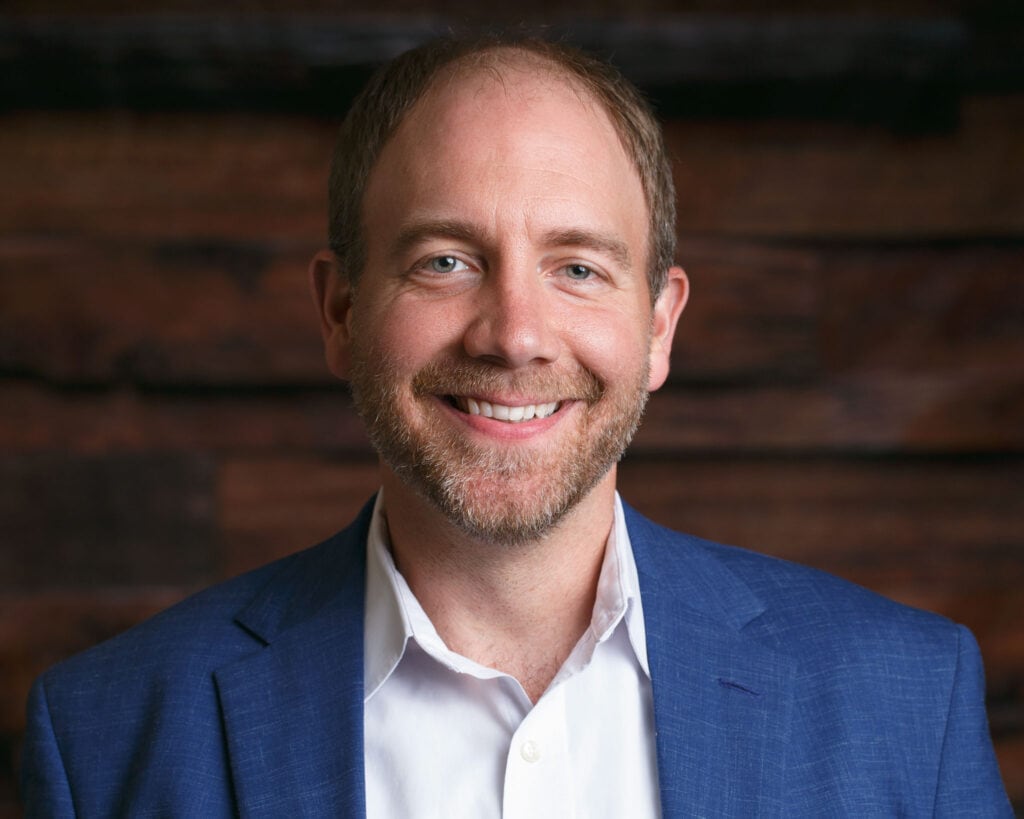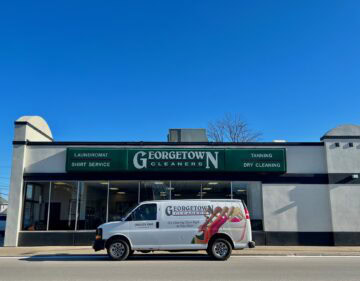
April 14, 2025
WISCONSIN – In the past 15 years, Greenfire Management Services, LLC has grown in staff, capabilities, footprint and revenue.
The impact the company has had on the industry in the past decade and a half, President Jeb Meier said, is inspiring what’s to come as the team celebrates its milestone anniversary.
“Not only have we been able to add people who align with our values and culture, we’ve grown,” he said. “We’ve grown in size and reach exponentially. We’ve been able to add a significant number of clients throughout our history.”
Greenfire comes to life
Getting its start in Milwaukee in 2010 through the Forest County Potawatomi Community’s (FCPC) economic diversification arm – Potawatomi Ventures – Meier said Greenfire established its Wausau presence in 2018.
The expansion, he said, afforded the company an opportunity to extend its foothold beyond the southeastern region of the state and to more readily support developments by the FCPC in Crandon.
At the time Greenfire was created, Meier said Potawatomi Ventures was known as the Potawatomi Business Development Corporation, and had a few different companies under it.
In an effort to capitalize on the various opportunities within its own pipeline, Meier said Potawatomi leadership decided to start a construction management firm.
He said the FCPC also recognized the need for and impact a minority-owned construction management firm could have for the Tribe and the construction field.
“They have a very strong reputation in the market, which has had a very significant impact throughout the years for Greenfire,” he said.
Though Greenfire didn’t take shape until 2010, Meier said discussions around the concept started a handful of years earlier.
When the ball started rolling, he said there wasn’t a lot of construction happening due to the Great Recession.
“The timing of that actually worked out extremely well, because the Potawatomi had a pretty significant pipeline of construction opportunities, and that really attracted some phenomenal talent in the industry,” he said. “Not only the long-term vision of being a part of building, but also the opportunities that were very short-term.”
Meier said this helped attract great talent from the start, helped build a foundation that allowed Greenfire to springboard into the market and continue a strong momentum.
Additionally, Meier said the company was able to focus on people and relationships that fostered continued growth over the last 15 years in more than just a client focus.

Today, between the two locations, Meier said Greenfire has a little more than 50 employees.
Of those employees, he said, several have tenures of seven to 10 years – which he said shows consistency and confidence.
Community, Meier said, is not only a core value at Greenfire, it is a guiding principle for how the company carries itself in all the projects it does.
As a subsidiary of the FCPC, he said Greenfire reverberates the Forest County Potawatomi Foundation’s mission to “promote economic opportunity, strengthen communities and demonstrate responsible citizenship by assisting and supporting charitable organizations.”
A three-legged stool
The key to being a good partner, Meier said, starts with understanding what Greenfire does.
It is, he said, in essence an extension of its clients’ team – helping them navigate the construction process from concept to completion – becoming the third leg of the construction stool, complimenting the project owner and design team.
Meier said the company works with the client (project owner), as well as the design teams to not only do significant planning on the front end but also help with budgeting and scheduling.
Greenfire, he said, is able to provide direct feedback to the client about what costs are going to be, as the design team is drawing – keeping the owner informed of decisions in terms of cost and schedule impact.
Through a series of networks and trade contractors, Meier said Greenfire manages the build as well – making it a general contractor, just without its own self-performing construction personnel.
“The beauty (of that) is we’re bringing the right subcontractors or trade partners to each project, making sure they’re adding or maximizing value through their expertise,” he said. “That really allows us to work on opportunities of varying size and scale because we’re bringing the right team to the project that can be effective and execute.”
With a tight labor market, Meier said it’s important for Greenfire to continue supporting trade contractors, because that’s a win-win for everyone.
“It helps them, and it helps us by having the most qualified, capable subcontractors possible,” he said.
Meier said two main things make Greenfire an essential asset.
The first, he said, is the character of the team and how much they focus on relationships.
Meier said the second is how Greenfire helps build capacity in the industry because of its delivery model.
As a company, he said Greenfire can allocate or divide the scope of work “very creatively” and give trade contractors an opportunity to prove themselves and grow their capacity – making sure they don’t take on too much before they’re ready.

“We’ve seen over 15 years, some of our subcontractors have grown exponentially,” he said. “When they started, they may have had a few employees, but we were able to work with them and give them contracts or projects that we felt comfortable with in order for them to grow over time.”
Changes in growth
Overall, Meier said Greenfire’s growth can be attributed to the economy, the demand within the Tribe and the ability to be adaptable to different market sectors.
This thoughtful growth, he said, began with an initial need from the Tribe to support its projects, but then quickly evolved into the opportunity to help private developers create more housing.
Through the years, Meier said the Greenfire team has grown to include experts in the industry in different building types and market sectors – as it continues to be thoughtful in its growth with a goal to be sustainable for the Tribe.
Much of the recent growth for Greenfire in terms of building types, Meier said, has been a byproduct of the growth in the private development world, mainly mixed-use and multi-family.
“(Multi-family developments) are becoming more commonplace,” he said. “It’s interesting because there are headwinds right now in multi-family just given interest rates for mortgages and costs of living. We remain busy working with trusted, proven developers that are able to get projects across the finish line and work with communities to make it a win-win for the community and the development.”
Meier said some of Greenfire’s growth can also be attributed to innovation.
He said this includes everything from utilizing the latest and greatest technology to making sure people have continued training and professional development.
Meier said this is important to Greenfire because it helps ensure the team is going to continue to be effective problem-solvers for clients and the communities.
Meier said he and the entire Greenfire team wants to do everything they can to move the industry forward.
“I think building a team of leaders that are as effective as they can be, really maximizing their potential both in personal and professional lives, is crucial – (bringing the) the best version of themselves out.”
To learn more about Greenfire, visit greenfire.com.
 Bluff View Bank: A bank with a 142-year view
Bluff View Bank: A bank with a 142-year view Dry cleaning, laundromat business passes from one family to another
Dry cleaning, laundromat business passes from one family to another








